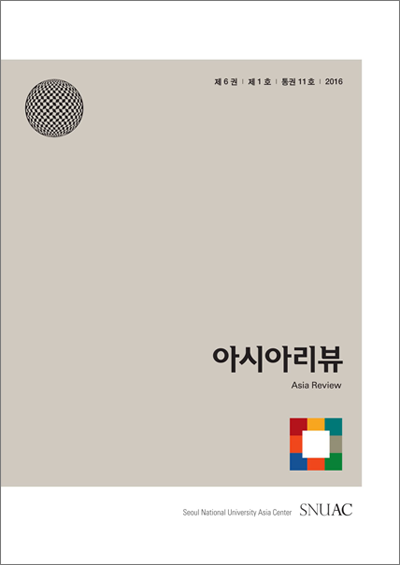With the advent of the age of migration, movement of people across countries has become common and the nationalities, races, ethnicities, and cultures of people who make up a society are becoming increasingly diverse. This phenomenon has been accelerated by the global trend of increased autonomy in migration caused by the development of info-communication and transportation. Due to a rapid increase in migration to Korea that began in the 1990s, the number of foreigners staying in Korea, including short-term residents, exceeded 2 million in 2016, accounting for 3.96% of the total Korean population. In response to these changes towards a multicultural society, studies on various immigrant groups have soared since the mid-2000s, which has been referred to as a multicultural fever. Through these studies, it was found that the public has discriminatory perceptions (stereotypes) and attitudes (prejudice) towards immigrants (Hwang et al., 2007; In, 2009; Yoon et al., 2010; Kim and Han, 2013).
Hate Speech against Immigrants in Korea: A Text Mining Analysis of Comments on News about Foreign Migrant Workers and Korean Chinese Residents
저자: In-Jin Yoon (Korea University), Ki-Duk Han (Korea University), HeeSang Kim (The University of Tokyo)

